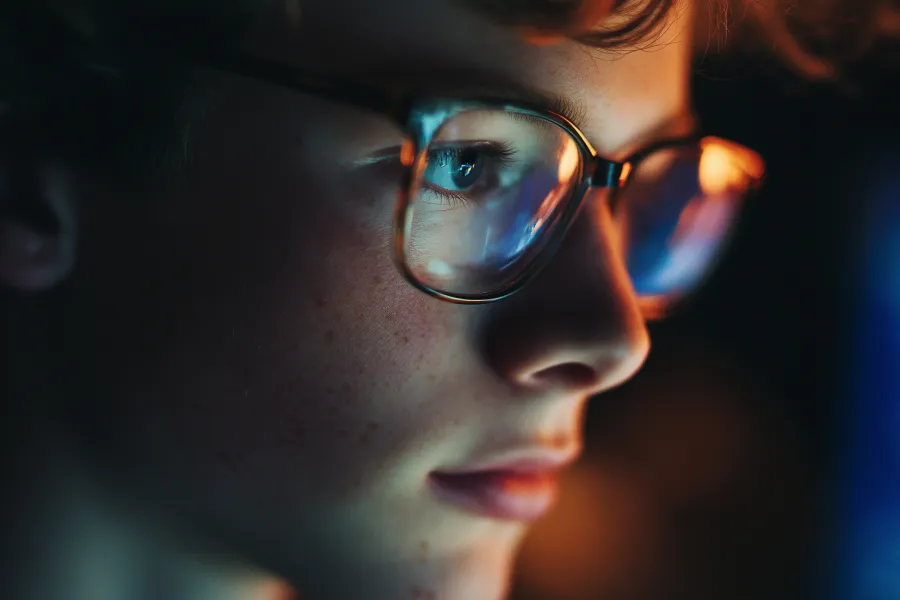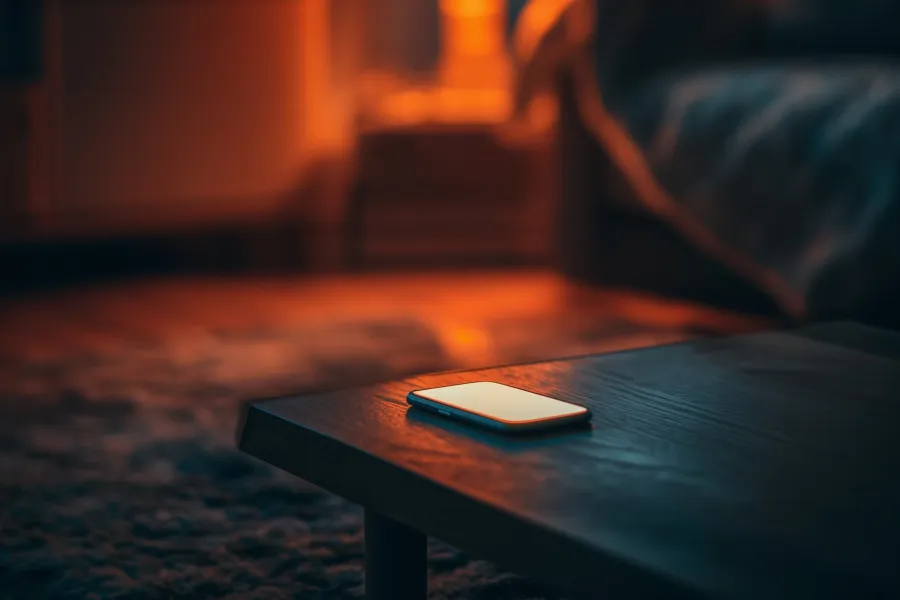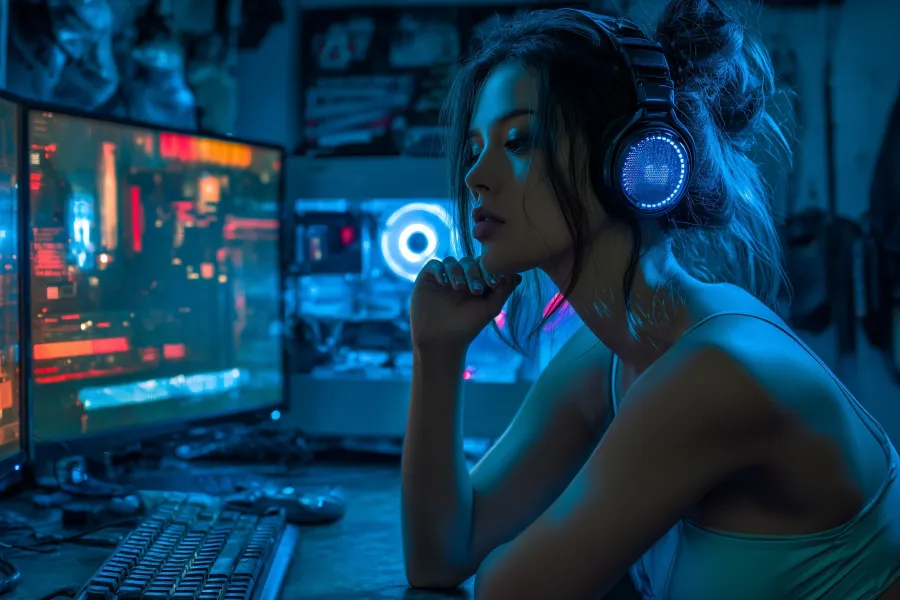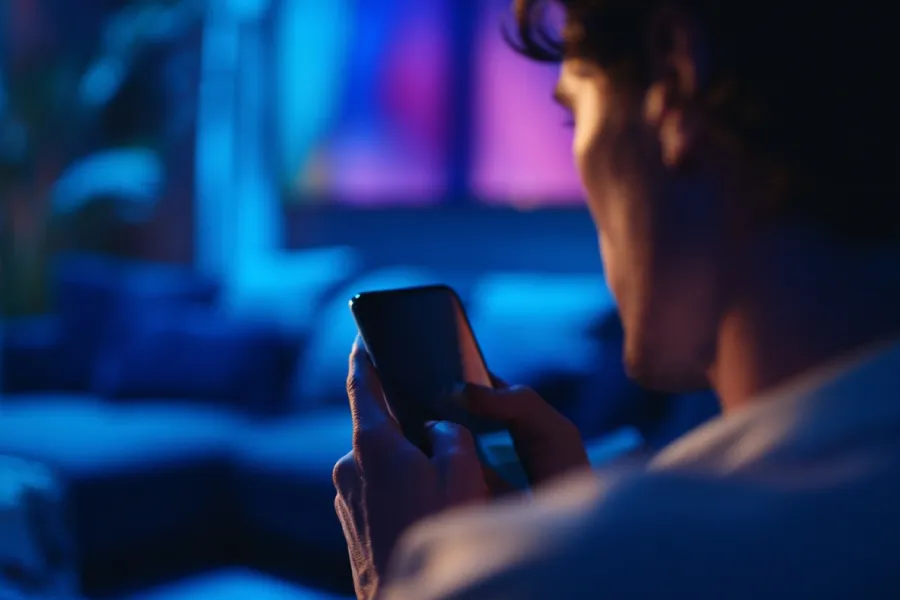Search

In today’s fast-paced world, it’s hard to escape screens. From work to entertainment, our eyes rarely get a break. But while technology enhances life, it also disrupts one vital thing — rest. Developing Healthy Sleep and Screen Habits isn’t just a lifestyle upgrade; it’s essential for long-term well-being. The light emitted from devices can impact your sleep, energy, and even mood.
Experts have found that digital screens delay melatonin production, the hormone responsible for sleep. To counter this, many turn to resources like the Blue Light Protection Strategies Guide, a practical digital guide that helps readers regain balance and build healthier daily routines.

Blue light exposure affects your body’s natural rhythm. After sunset, exposure to device screens signals the brain to stay awake longer, disrupting the sleep cycle. Without proper Blue Light Sleep Protection, you may find yourself feeling restless or fatigued even after hours of rest.
Creating balance doesn’t mean eliminating technology. It means managing it wisely. With structured Healthy Sleep and Screen Habits, you can enjoy digital life while preserving your physical and mental health. It’s about smarter habits, not complete avoidance.
Integrating small changes into your nightly routine can drastically improve your rest quality. Follow these simple strategies:
These steps might sound simple, but their consistency leads to significant changes. For those who want deeper insight, the Blue Light Protection Strategies Guide offers expert-backed techniques to structure an effective nightly routine.
Nighttime routines play a major role in reinforcing Healthy Sleep and Screen Habits. Following Nighttime Screen Detox Tips can help reduce stress and promote a calmer state before bed. For example, try journaling, light stretching, or meditating during the hour before sleep. These activities help the body shift from alert to relaxed mode.
Combining mindful activities with proper lighting adjustments supports melatonin production, allowing your body to follow its natural rhythm. When followed consistently, these small tweaks make falling asleep easier and staying asleep more restorative.

The brain associates light with activity, so staring at screens late into the night can confuse it. Establishing a daily “digital sunset” is crucial. Limit stimulating tasks like social media scrolling before bed. Instead, opt for relaxing alternatives, such as podcasts or soothing music. Practicing this balance aligns perfectly with the methods found in the Blue Light Protection Strategies Guide.
Healthy boundaries between screen time and rest protect both physical and mental health. They help you wake up refreshed, with sharper focus and steadier energy throughout the day.
Blue light wavelengths are powerful — they suppress melatonin production and delay sleep onset. Without proper Digital Wellness Sleep Guide strategies, this cycle can cause chronic tiredness and poor concentration. Over time, this impacts productivity and mood, often leading to burnout.
Understanding the science behind blue light helps you take proactive steps. Adjusting brightness, using filters, or switching to softer light sources can make a huge difference. These minor changes foster healthier sleeping patterns without sacrificing productivity.
Adopting Healthy Sleep and Screen Habits doesn’t require drastic changes — just smarter routines. Begin by observing your nightly habits. Are you scrolling before bed? Do you work late on screens? Small shifts, such as following Better Sleep for Screen Users, can immediately improve your rest quality.
Following these habits enhances not just your sleep but your focus, mood, and energy throughout the day. Better rest equals better living.
Building Healthy Sleep and Screen Habits goes beyond limiting device use — it involves understanding how technology affects you mentally. Practicing mindfulness can help regulate your emotional response to digital stress. This balance between awareness and control improves not only sleep but also overall mental clarity.
By setting intentional boundaries, you create a more sustainable relationship with technology. That’s where the structured insights in the Screen Time and Rest Balance approach truly shine, offering ways to manage both your digital lifestyle and inner calm.

Adopting better nightly habits may seem small, but the impact is profound. When you practice mindful screen use and prioritize rest, you’re investing in long-term wellness. With the right guidance, like that offered in the Blue Light Protection Strategies Guide, you can reclaim control over your evenings and improve your sleep naturally.
Better rest begins with awareness, and awareness starts now. Adjust your habits, manage your digital exposure, and wake up to clearer mornings — one night at a time.
[…] Healthy Sleep and Screen Habits Tips You Need to Know Now article complements this by offering science-backed techniques for limiting digital exposure before […]
Leave a comment